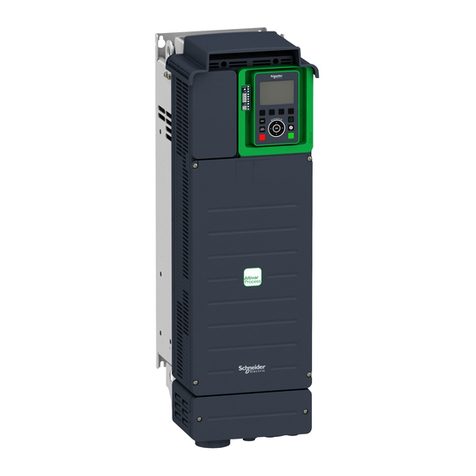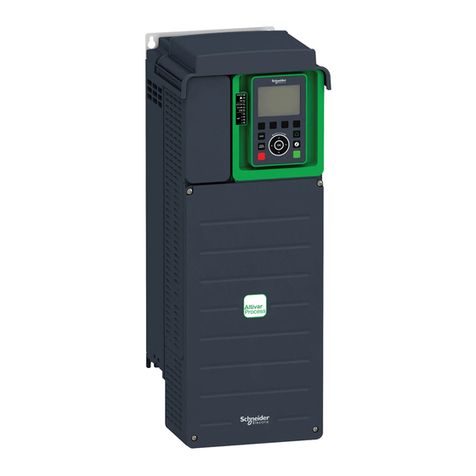6EAV64334 06/2017
Intended Use
This product is a drive for three-phase synchronous, asynchronous motors and intended for industrial use
according to this manual. The product may only be used in compliance with all applicable safety standard
and local regulations and directives, the specified requirements and the technical data. The product must
be installed outside the hazardous ATEX zone. Prior to using the product, you must perform a risk
assessment in view of the planned application. Based on the results, the appropriate safety measures must
be implemented.Since the product is used as a component in an entire system, you must ensure the safety
of persons by means of the design of this entire system (for example, machine design). Any use other than
the use explicitly permitted is prohibited and can result in hazards. Electrical equipment should be installed,
operated, serviced, and maintained only by qualified personnel.
Product Related Information
Read and understand these instructions before performing any procedure with this drive.
Drive systems may perform unexpected movements because of incorrect wiring, incorrect settings,
incorrect data or other errors.
DANGER
HAZARD OF ELECTRIC SHOCK, EXPLOSION OR ARC FLASH
Only appropriately trained persons who are familiar with and understand the contents of this manual
and all other pertinent product documentation and who have received safety training to recognize and
avoid hazards involved are authorized to work on and with this drive system. Installation, adjustment,
repair and maintenance must be performed by qualified personnel.
The system integrator is responsible for compliance with all local and national electrical code
requirements as well as all other applicable regulations with respect to grounding of all equipment.
Many components of the product, including the printed circuit boards, operate with mains voltage.
Only use properly rated, electrically insulated tools and measuring equipment.
Do not touch unshielded components or terminals with voltage present.
Motors can generate voltage when the shaft is rotated. Prior to performing any type of work on the
drive system, block the motor shaft to prevent rotation.
AC voltage can couple voltage to unused conductors in the motor cable. Insulate both ends of unused
conductors of the motor cable.
Do not short across the DC bus terminals or the DC bus capacitors or the braking resistor terminals.
Before performing work on the drive system:
Disconnect all power, including external control power that may be present. Take into account that
the circuit breaker or main switch does not de-energize all circuits.
Place a Do Not Turn On label on all power switches related to the drive system.
Lock all power switches in the open position.
Wait 15 minutes to allow the DC bus capacitors to discharge.
Follow the instructions given in the chapter "Verifying the Absence of Voltage" in the installation
manual of the product.
Before applying voltage to the drive system:
Verify that the work has been completed and that the entire installation cannot cause hazards.
If the mains input terminals and the motor output terminals have been grounded and short-circuited,
remove the ground and the short circuits on the mains input terminals and the motor output
terminals.
Verify proper grounding of all equipment.
Verify that all protective equipment such as covers, doors, grids is installed and/or closed.
Failure to follow these instructions will result in death or serious injury.
WARNING
UNANTICIPATED EQUIPMENT OPERATION
Carefully install the wiring in accordance with the EMC requirements.
Do not operate the product with unknown or unsuitable settings or data.
Perform a comprehensive commissioning test.
Failure to follow these instructions can result in death, serious injury, or equipment damage.





























